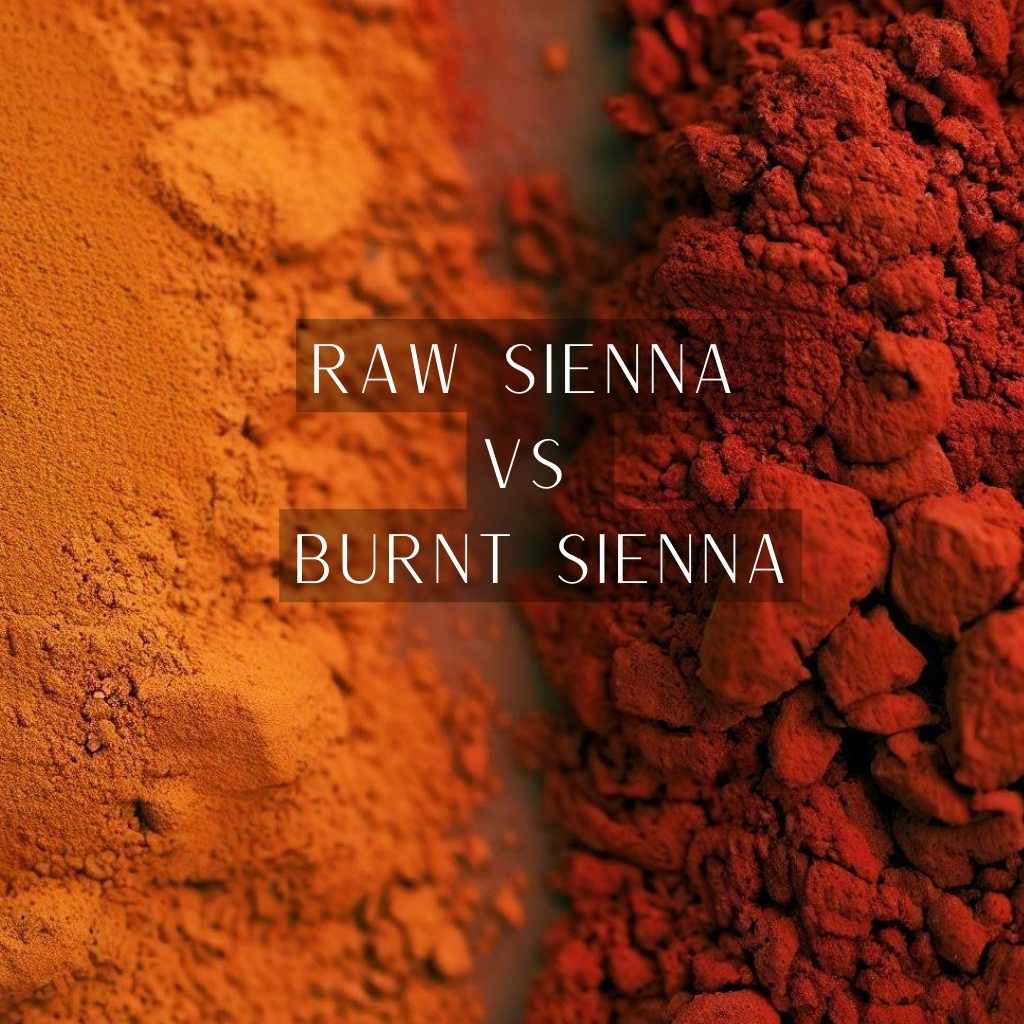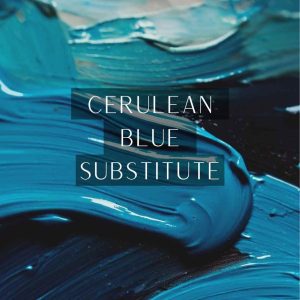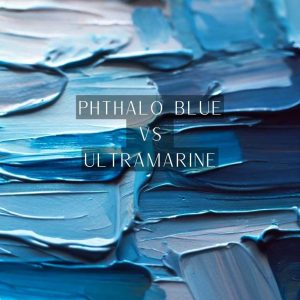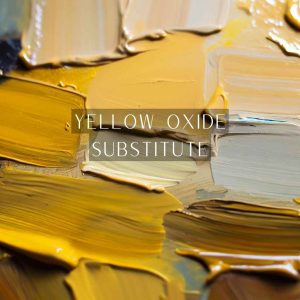Are you an artist searching for the perfect pigment to breathe life into your artwork? Look no further than the captivating world of raw sienna vs burnt sienna.
These two earthy hues hold the power to transform your creations, infusing them with warmth, depth, and unparalleled beauty. But how do you choose between these enchanting pigments?
In this article, we embark on a captivating journey to explore the nuances and applications of raw sienna and burnt sienna.
Get ready to unlock the secrets of these captivating pigments and elevate your artwork to new heights of brilliance.
What is Sienna?
Sienna pigments have a rich history that dates back centuries. Derived from natural sources, such as clay deposits and iron oxides, these pigments have been cherished for their earthy tones and versatility.
The extraction process involves grinding the raw material into a fine powder, which is then refined and processed to create the final pigment. Sienna pigments possess unique properties and characteristics that make them a favorite among artists.
Raw Sienna: Earthy Elegance
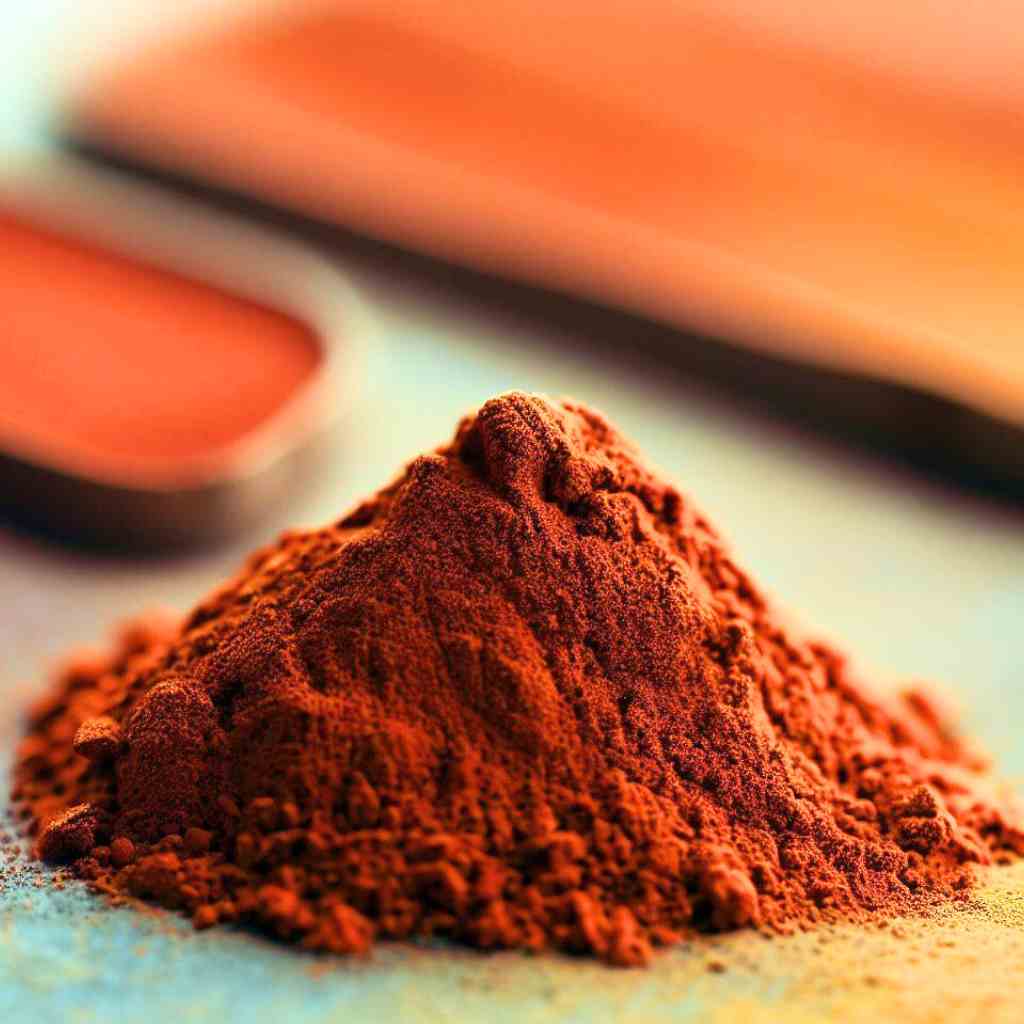
Raw sienna, with its earthy elegance, is a pigment that has captured the hearts of artists for centuries. Derived from natural sources, this pigment possesses a composition rich in iron oxide and hydrated iron oxide, resulting in a warm and golden-brown hue that exudes a sense of serenity and tranquility.
The color properties of raw sienna are characterized by subtlety and softness, making it a versatile choice for artists. Its ability to create harmonious and natural tones is highly valued in the art world.
Whether used in oil paintings or watercolor works, raw sienna adds a touch of warmth and sophistication to any composition.
Historical Use and Significance in Art:
The timeless appeal of raw sienna can be seen in numerous famous artworks throughout history. From the Renaissance masters to contemporary painters, raw sienna has found its place on palettes across different art movements.
Artists like J.M.W. Turner and John Singer Sargent have used raw sienna to capture the essence of nature and to infuse their paintings with a sense of earthy elegance. These masterpieces serve as a testament to the versatility and enduring allure of raw sienna as a pigment.
Burnt Sienna: Warm and Rich
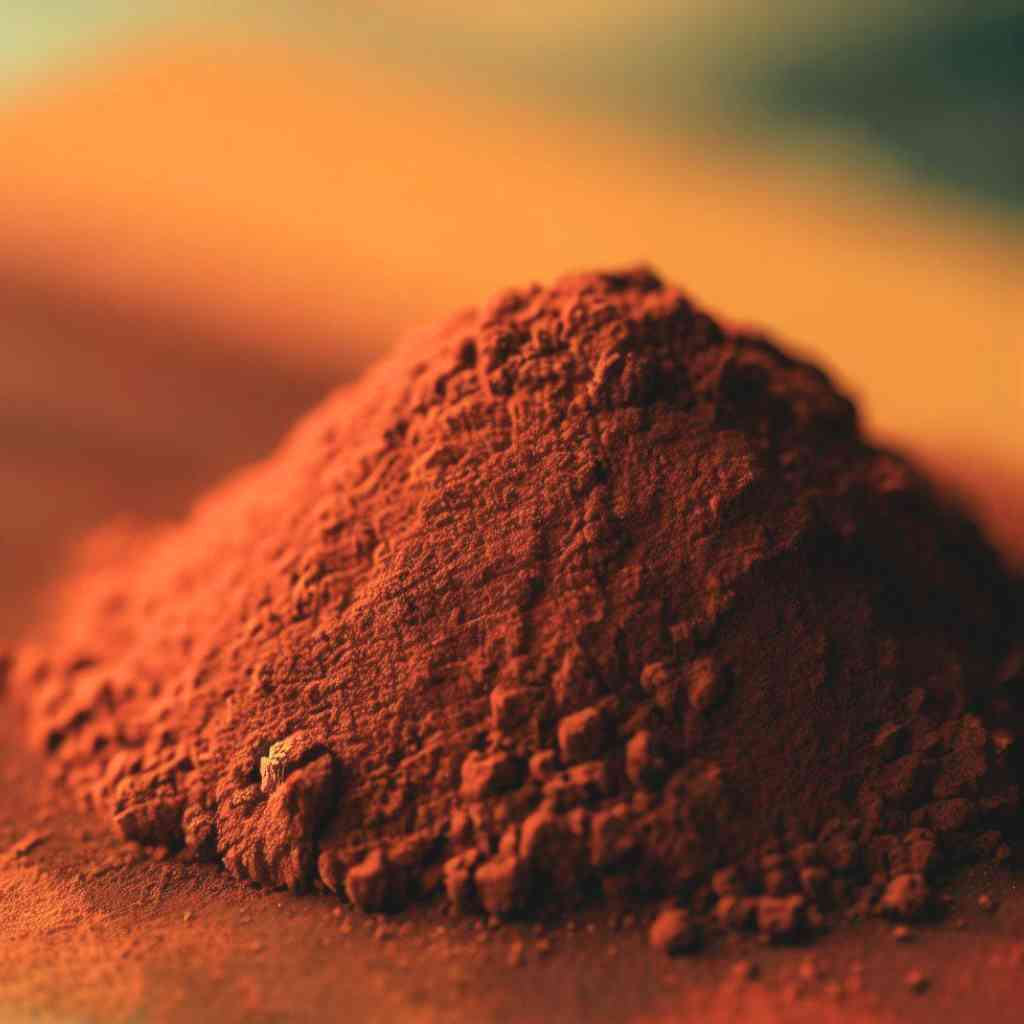
Burnt sienna, a pigment renowned for its warm and rich qualities that have captivated artists throughout the ages. Created through a process of heating raw sienna, this pigment undergoes a transformation that results in a magnificent reddish-brown hue, radiating a sense of depth and intensity.
The composition of burnt sienna is distinct, showcasing a higher concentration of iron oxide compared to its raw counterpart. This increased iron oxide content gives burnt sienna its characteristic warmth and vibrancy.
When incorporated into the artwork, burnt sienna adds a touch of dynamism and evokes a sense of earthy allure.
Historical Use and Significance in Art:
Throughout art history, numerous renowned artists have employed burnt sienna to great effect. From classical portraits to contemporary figurative works, burnt sienna has been a go-to pigment for artists seeking to capture the warm hues of human skin tones.
The likes of Rembrandt and Caravaggio masterfully incorporated this pigment into their works, harnessing its warm and rich qualities to evoke emotion and create visual impact. These masterpieces serve as a testament to the enduring appeal and versatility of burnt sienna as a vital component of an artist’s palette.
Raw Sienna vs Burnt Sienna: Comparison
To truly understand the nuances of raw sienna and burnt sienna, it’s important to compare these two pigments side by side.
Differences in color hue and saturation
Raw sienna exhibits a lighter and more yellowish-brown hue, reminiscent of sunlit landscapes, while burnt sienna leans towards a darker and reddish-brown hue, evoking a sense of warmth and intensity. The burnt variant carries a higher saturation level, providing a stronger visual impact.
Variations in opacity and transparency
Raw sienna tends to be more transparent, allowing underlying layers to show through, which is ideal for glazing techniques and building subtle color transitions.
In contrast, burnt sienna offers greater opacity, covering underlying layers more effectively and lending itself well to expressive, solid applications.
Understanding lightfastness and permanence
Both raw sienna and burnt sienna exhibit excellent lightfastness, meaning they resist fading when exposed to light over time. This quality ensures the longevity and preservation of artworks, making them reliable choices for artists.
Tinting strength and mixing capabilities
Raw sienna has a lower tinting strength, requiring more pigment to achieve deeper shades.
On the other hand, burnt sienna possesses a higher tinting strength, allowing artists to achieve darker and more intense colors with less pigment.
When mixed with other colors, raw sienna tends to produce warmer and more subtle hues, while burnt sienna adds depth and richness.
Applications of Raw Sienna
From historic masterpieces to contemporary landscapes, this versatile pigment has found its place on the palettes of countless artists.
Utilizing Raw Sienna in Landscape Paintings
Raw sienna is particularly well-suited for landscape paintings due to its ability to capture the warm glow of sunlight and the richness of earth tones.
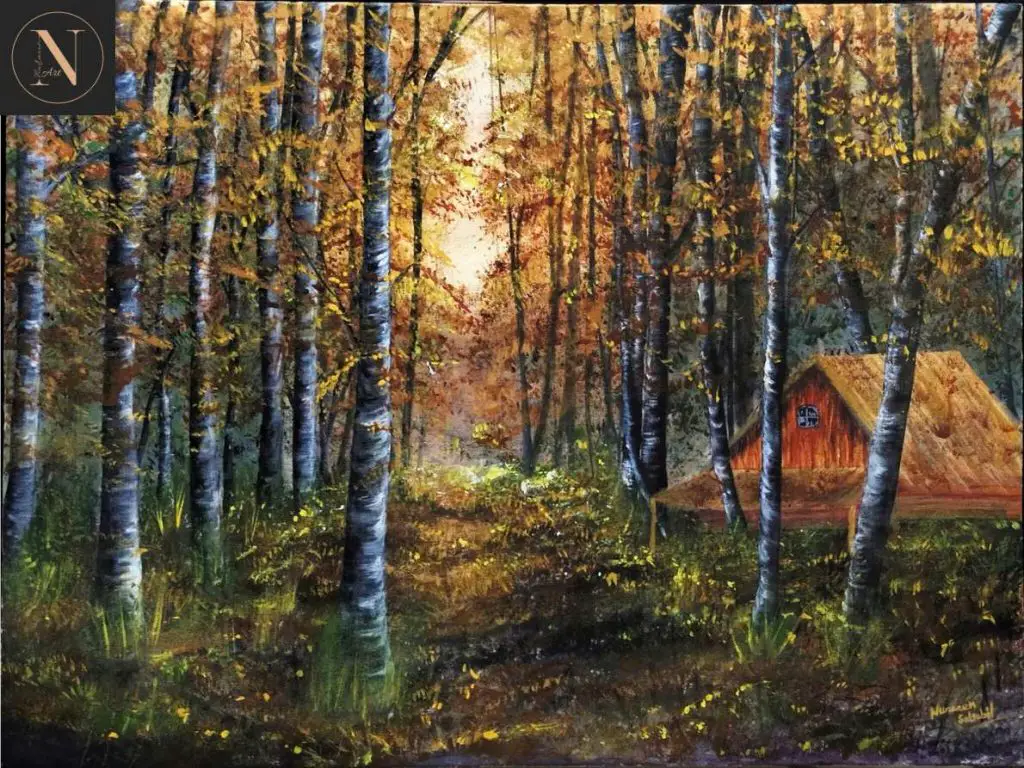
By incorporating raw sienna into the palette, artists can achieve natural-looking vegetation, sandy landscapes, and warm skies. It blends harmoniously with other earthy colors, allowing for seamless transitions and depth in the depiction of natural scenes.
By using raw sienna as a base color, artists can establish warm underpaintings that serve as a foundation for layering subsequent colors.
Complementary Color Combinations with Raw Sienna
Raw sienna harmonizes well with various colors, creating visually appealing combinations. When paired with blues, such as ultramarine or cerulean, it forms a striking contrast that enhances the vibrancy of both colors.
Similarly, when combined with greens, such as viridian or sap green, raw sienna adds warmth and balance to the composition.
Applications of Burnt Sienna
From classical portraits to contemporary figurative works, this versatile pigment has been utilized by artists to add depth, warmth, and vitality to their creations.
Utilizing Burnt Sienna in Portrait Paintings
Burnt sienna is highly favored by portrait painters for its ability to create lifelike flesh tones.
By blending burnt sienna with other colors such as titanium white and various reds, artists can achieve a wide range of skin tones, from fair to deep complexions. Its warm undertones bring warmth and vitality to the subject, capturing the nuances and intricacies of human features.
Complementary Color Combinations with Burnt Sienna
When paired with complementary colors, burnt sienna can create striking visual effects. Mixing it with blues or greens adds contrast and intensity, making the composition visually captivating.
Additionally, combining burnt sienna with warm yellows or oranges can create harmonious and balanced color schemes.
Artistic Techniques and Effects
Here are some transformative Effects of Sienna Pigments-
- Glazing Techniques with Raw Sienna: Raw sienna’s transparency lends itself well to glazing techniques, allowing artists to create luminous and subtle effects.
By applying thin layers of transparent raw sienna over dried paint layers, artists can achieve a soft, warm glow that adds depth and dimension to their artwork. This technique is particularly effective in creating atmospheric landscapes and capturing the play of light.
- Achieving Earthy Tones with Burnt Sienna: Burnt sienna’s rich reddish-brown color is ideal for capturing earthy tones in paintings. Artists can use this pigment to depict various natural elements such as soil, rocks, or tree bark.
By blending burnt sienna with other earth colors like raw umber or yellow ochre, artists can create a diverse range of natural hues, adding realism and texture to their artwork.
- Layering and Texture Effects with Both Colors: Both raw sienna and burnt sienna can be used to build layers and create texture in paintings.
By layering these pigments with other colors, artists can achieve intricate depth and visual interest. Whether it’s building up layers of foliage in a landscape or adding dimension to a still life, these earth pigments offer versatility and creative possibilities.
Raw sienna may be favored for landscapes, while burnt sienna may be preferred for portraits or more expressive pieces.
Sienna Pigments: Tips and Techniques
To make the most of raw sienna and burnt sienna, artists can employ various tips and techniques-
- Mixing Tips for Achieving Desired Shades: To achieve desired shades, artists can experiment with mixing raw sienna and burnt sienna with other colors on their palette.
For warmer tones, artists can mix raw sienna with reds or oranges, while adding blues or greens can create cooler hues. By adjusting the ratio of pigments and exploring various combinations, artists can achieve a vast range of colors and tones.
- Blending Techniques for Smooth Transitions: To create smooth transitions and gradients, artists can utilize blending techniques.
Blending raw sienna and burnt sienna with a soft brush or blending tool can help merge colors seamlessly, creating natural and gradual shifts in hue.
This technique is particularly effective when painting skies, sunsets, or any subject that requires a smooth and subtle transition of colors.
- Layering Strategies for Depth and Dimension: By layering raw sienna or burnt sienna over dried paint layers, artists can build depth and dimension in their artwork.
This technique allows for the creation of shadows, highlights, and a sense of volume. Experimenting with different opacities and layering techniques can result in captivating and visually dynamic compositions.
FAQs
- Can raw sienna and burnt sienna be used in restoration or conservation work?
Yes, raw sienna and burnt sienna are often employed in restoration and conservation work to match original colors or repair damaged areas. Their lightfastness and compatibility with other pigments make them valuable tools in preserving and restoring artworks.
- Are there alternative earth pigments to consider?
Yes, there are other earth pigments that offer unique qualities and colors. Some alternatives include raw umber, yellow ochre, and various natural ochres. Each pigment has its own characteristics and applications, allowing artists to explore a diverse range of colors and effects.
- Can raw sienna and burnt sienna be used in monochromatic artworks?
Yes, raw sienna and burnt sienna can be used as the main color in monochromatic artworks. Their warm tones provide a rich foundation for creating tonal variations and depth within a single color palette.
- Can raw sienna and burnt sienna be used for plein air painting?
Absolutely! The warm tones of raw sienna and burnt sienna make them excellent choices for plein air painting. They can effectively capture the colors and atmosphere of outdoor scenes, enhancing the sense of natural light and warmth.
Wrapping Up
As we near the end of our exploration into the captivating realm of raw sienna vs burnt sienna, we have unveiled a world of artistic possibilities that these pigments offer.
Throughout this journey, we have delved into their origins, characteristics, applications, and the unique qualities they bring to artwork. Now, armed with a deeper understanding of these earthy hues, you possess the power to infuse your creations with warmth, depth, and vibrancy.
Whether you choose the raw brilliance of sienna or the burnt richness of its counterpart, the choice ultimately lies in your artistic vision and desired effect.
So, let your brush dance upon the canvas, let your imagination soar, and let the essence of raw sienna vs burnt sienna transform your artwork into masterpieces that captivate and inspire.

